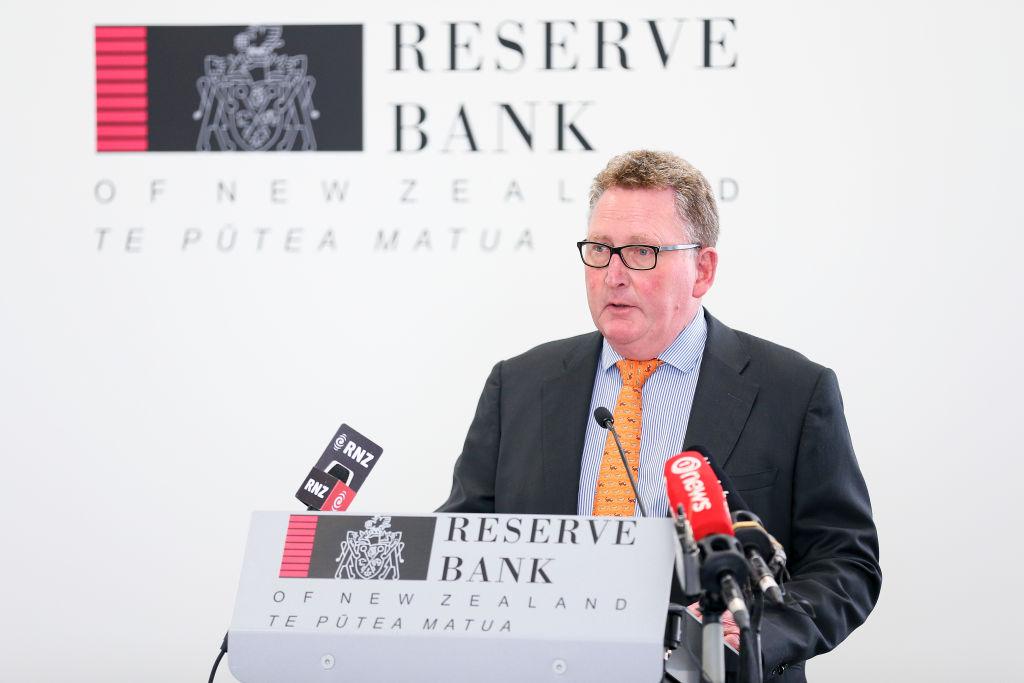New Zealand’s central bank’s decision to cut the official cash rate (OCR) by 25 basis points, from 5.5 to 5.25 percent, has shocked the market and economists. This is a complete about-face from what it said just a month ago.
The Reserve Bank of New Zealand (RBNZ) had stuck to the 5.5 percent rate for over a year through several reviews. Its most recent forecast in May gave a 60 percent chance of another increase in the OCR (to 5.75 percent), while warning cuts were off the table until the second half of 2025.





